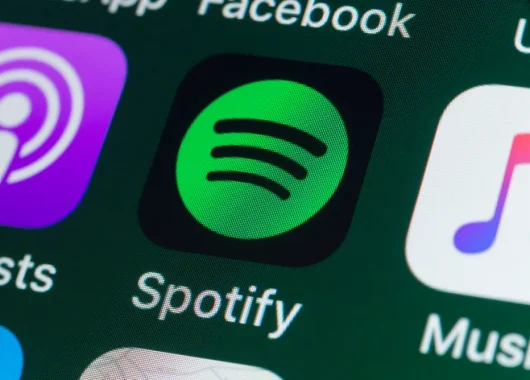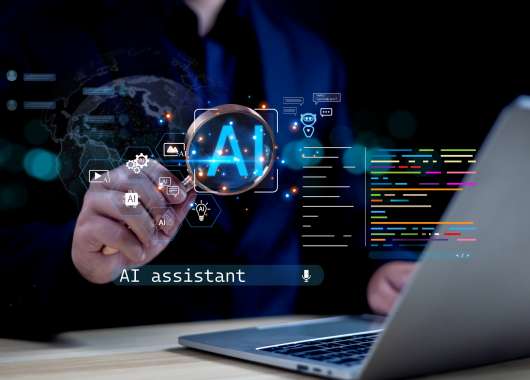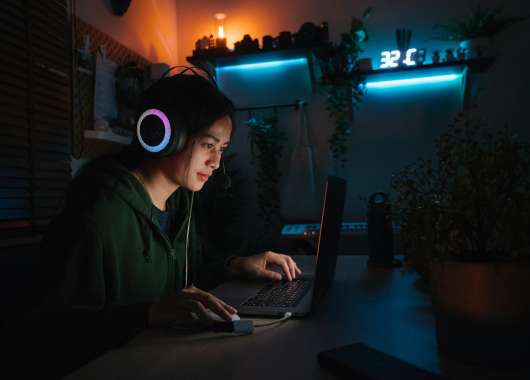Earlier this month, OpenAI released GPT 5, which they market as the company’s best AI system. OpenAI has hailed the new GPT update as its smartest, fastest, most useful model yet. The AI organization says the latest update is better than older variations, such as GPT 4o, because it features improved performance across multiple disciplines, including coding, math, writing, health, and visual perception. The new update can recognize whether users need a quick response or require a deeper and more advanced expert-level answer. OpenAI strongly believes that GPT 5 is more effective and significantly better than GPT 4o and is a solid contender to alternatives such as xAI’s Grok and Google’s Gemini.
Key takeaways
- The new GPT 5 was announced on August 7th, 2025, and was immediately deployed in OpenAI’s ChatGPT bot
- The key differences between GPT 5 and GPT 4o consist of improved performance that is beneficial when the updated system is tasked with real-world queries
- With the launch of GPT 5, OpenAI continues its quest against other strong contenders such as Grok and Gemini
- GPT 6 is already in development, and OpenAI’s CEO, Sam Altman, wants it to focus on personalization
When was GPT 5 launched?
The new product by OpenAI was released on August 7th, 2025. The announcement came in the form of a blog post published on OpenAI’s main page and a live stream that highlighted the improvements.
What are the key differences with GPT 4o?
OpenAI claims plenty of differences between the older system and the new one. Those revolve around the system’s ability to deal with real-world questions. Bots backed up by GPT 5 can be better at reasoning and context, and can also provide more adequate support on queries that include texts and images. GPT 5 is built to be faster and more efficient, and less prone to hallucinations. With better accuracy and a unified system, GPT 5 does not require manual model selection and uses a real-time router to choose between rapid responses and deep-thinking answers. The new additions also include improved tone and personality of the bot, which aim to make the system’s responses more human-like.
You might be interested in: How ChatGPT changed the world – a timeline
How does GPT 5 stack against other AI solutions?
Direct comparison is almost impossible due to the different methodologies used to evaluate the products. Still, generally speaking, OpenAI GPT 5’s top competitors are xAI’s Grok and Google’s Gemini. Each AI solution offers different perks depending on what matters most for the user; for instance, xAI is considered to provide more truth-focused responses. At the same time, GPT 5 is a solid choice for folks who value versatility.
Do consumers need to do anything to use GPT 5?
Apart of updating the apps backed by GPT 5, users are not required to take any specific action to benefit from the update. The new system was automatically rolled out to ChatGPT users. OpenAI has confirmed that some paid users can revert to the “legacy model” GPT 4o. However, they are encouraged to use the improved version instead.
What to expect from GPT 6?
Sam Altman has already confirmed that the new system is in development and will focus on enhanced memory. OpenAI wants the bot to answer questions correctly. It also aims for the bot to remember and understand its users. The goal is to create a more personal experience between humans and AI. Sam Altman plans to make GPT 6 compliant with government requests to maintain ideologically neutral grounds when federal government clients use the technology.
GPT 5 is accessible on various devices and platforms. Users can use it on both Android and iOS devices, as well as on PCs, laptops, and Macs. It is entirely up to the user how they get access to GPT 5-powered solutions. While having AI available is undoubtedly a plus, having strong antivirus software on all connected devices is an absolute must. There are solutions out there built to withstand some of the worst cyber-attacks.
Continue reading: How to protect your personal data when using ChatGPT and generative AI






